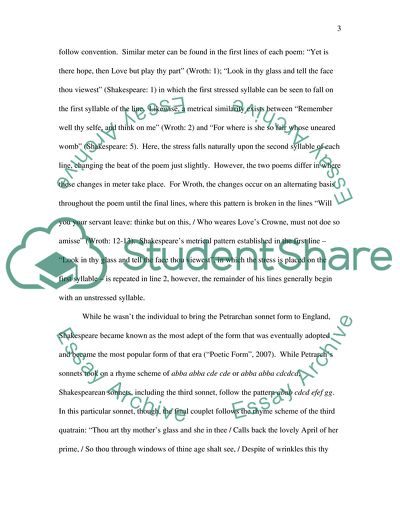Cite this document
(Comparing Love Sonnets: Shakespeare and Wroth Essay, n.d.)
Comparing Love Sonnets: Shakespeare and Wroth Essay. https://studentshare.org/literature/1706874-english-literaturethe-reneissance
Comparing Love Sonnets: Shakespeare and Wroth Essay. https://studentshare.org/literature/1706874-english-literaturethe-reneissance
(Comparing Love Sonnets: Shakespeare and Wroth Essay)
Comparing Love Sonnets: Shakespeare and Wroth Essay. https://studentshare.org/literature/1706874-english-literaturethe-reneissance.
Comparing Love Sonnets: Shakespeare and Wroth Essay. https://studentshare.org/literature/1706874-english-literaturethe-reneissance.
“Comparing Love Sonnets: Shakespeare and Wroth Essay”. https://studentshare.org/literature/1706874-english-literaturethe-reneissance.


